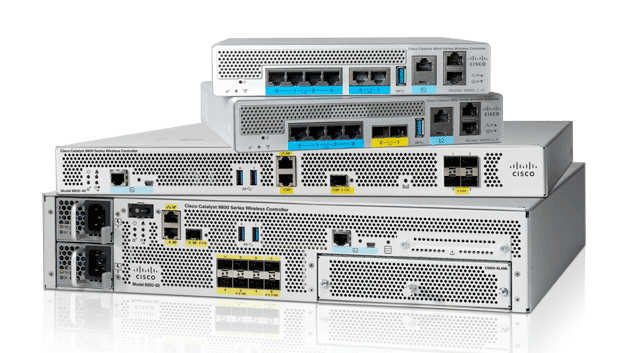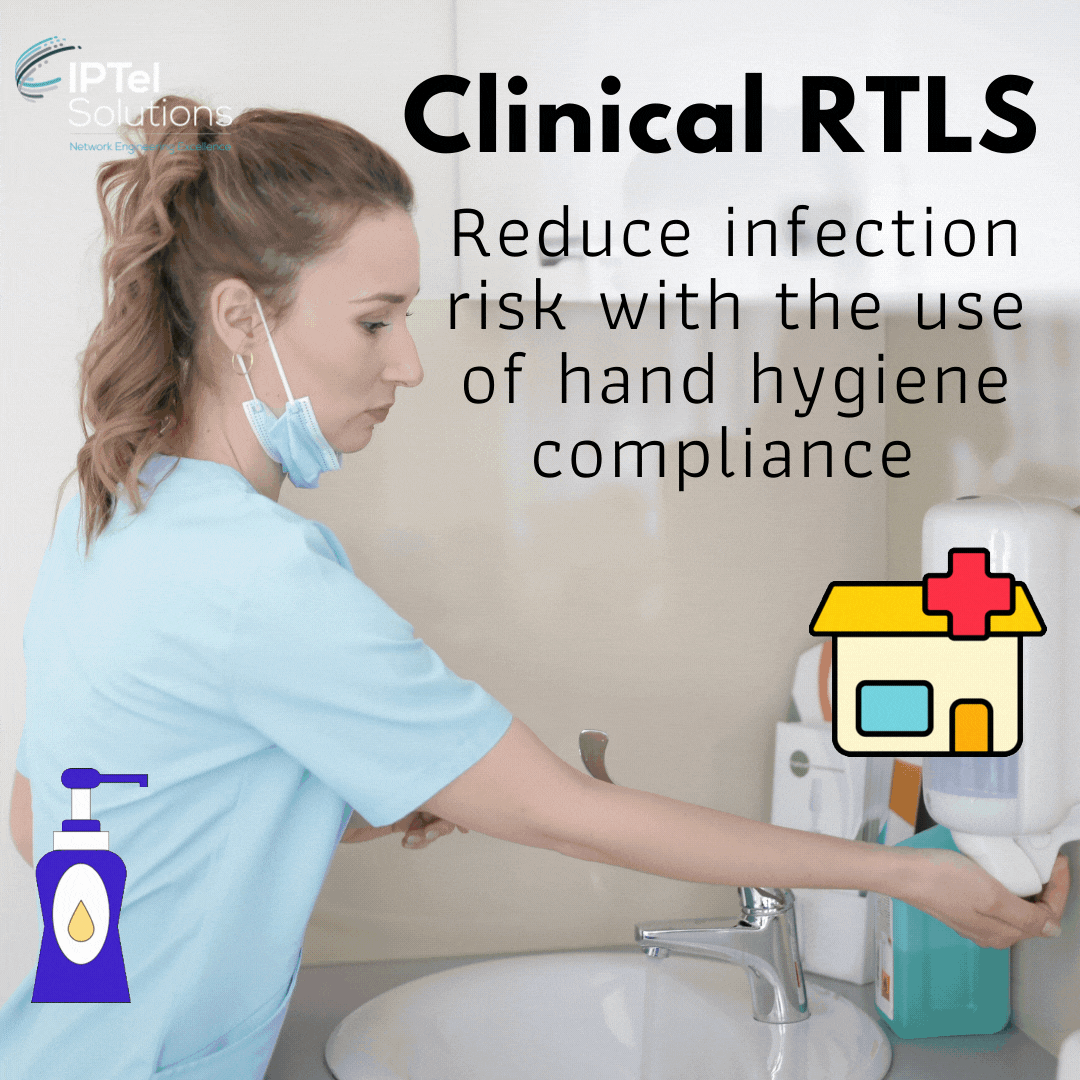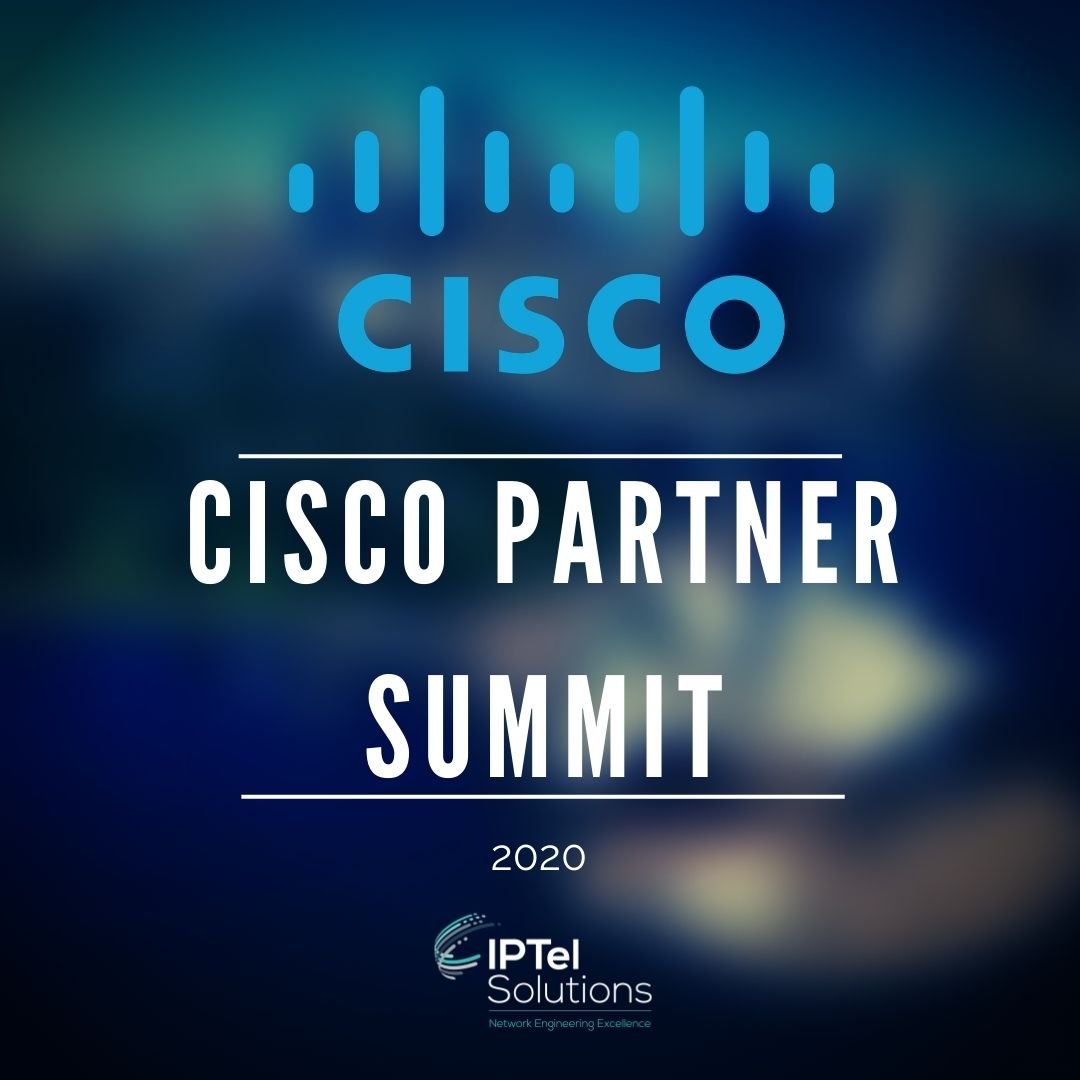Cisco have announced the end-of-life of the Cisco 5508 wireless controller, as of August 2018.
If you already have SmartNet on your product, support will continue until October 2020. After that, you're on your own.
For us as a Company, the 5508 has proved a solid and reliable product over the years, a benchmark if you like by which all other installations are measured. We've setup and supported many a site with these boxes and only rarely seen a problem with the hardware.
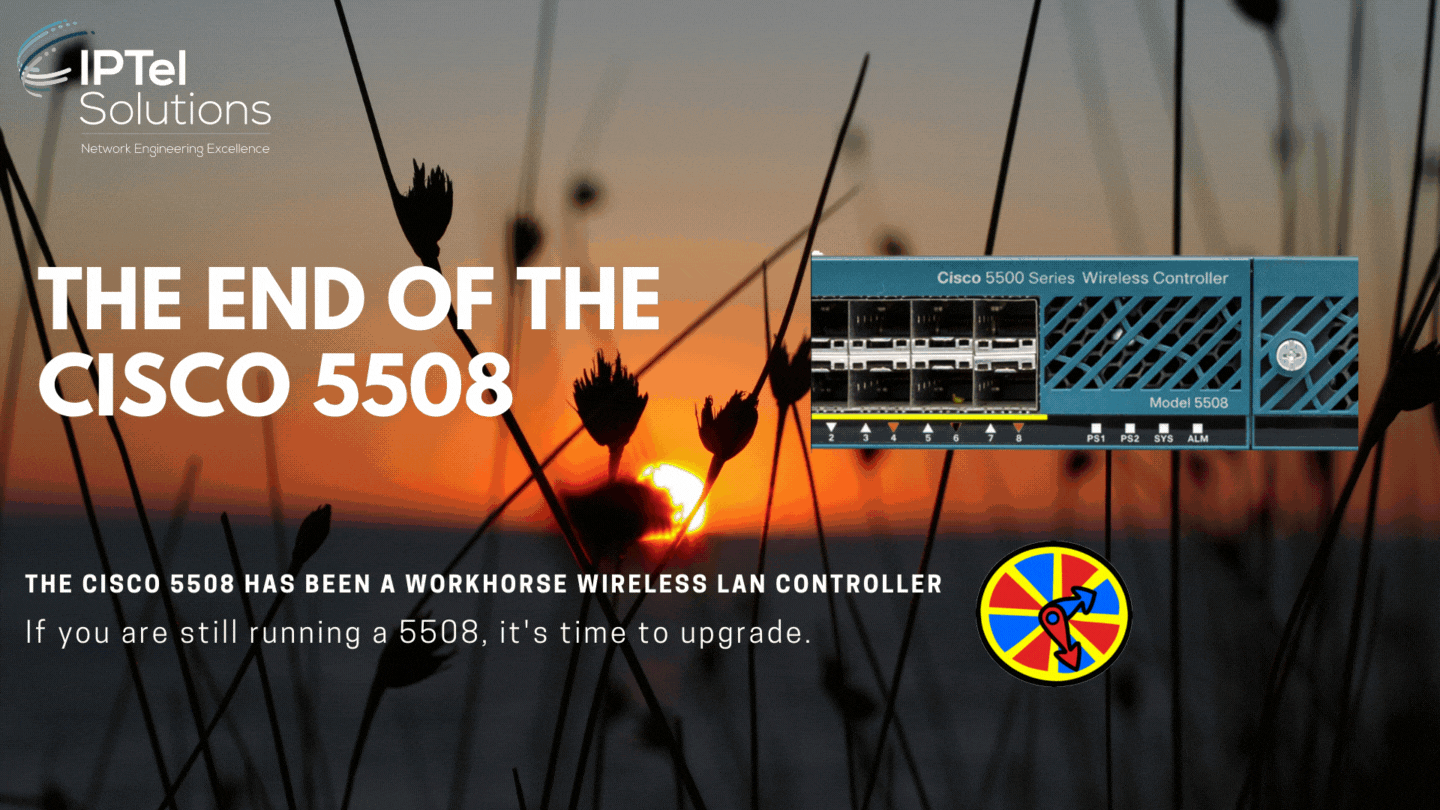
The 5508 has offered the best in enterprise wireless for many years, but the sun is setting on the 5508 WLC.
This controller should be replaced if you are running this in your network. The 5508 has had a long life with Cisco, but if you're still running this WLC, you're in the 'red zone' and it's time to upgrade.
What are your choices?
ASSOCIATED BLOGS:
What's Hot and What's Not? Cisco 9800 Controller Options
The Cisco 9800 series of WLAN Controllers are the direct replacement for the 5508 series.
As you'd expect, there's a range of WLCs, to suit all scenarios - including some new variants of WLC.
Here's the quick summary of your choices:
- Cisco 9800-L: Small sites, up to 250 APs
- Cisco 9800-40: Large sites, up to 2000 APs, with 40Gbps throughput
- Cisco 9800-80: Largest of sites, up to 6000 APs and 80 Gbps throughput
- Cisco 9800-CL: Cloud based WLC - up to 6000 APs
That last WLC, the 9800-CL is an interesting option - you can run in your own virtual environment, or in the cloud proper (such as AWS, although there are other options).
ASSOCIATED BLOGS:
Something a Little Different?
We've been running a Cisco virtual wireless controller for our own office for quite a while now. In short it does what it says on the tin with all the advantages that come with virtualised technology.
There are shortcomings however with the biggest being the lack of central mode operation; only Flexconnect operation is possible where traffic terminates at the edge switch.
Alternatively one AP acts as the Master and all the other APs join it, thus reducing management to just one unit and one web GUI interface. For single office environments with no need for bells and whistles, this fits just fine.
Should the office WAN link break, then wireless may still continue to function normally within the office space
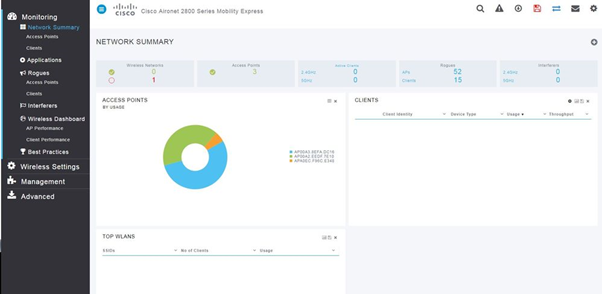
Cisco Mobility Express Network Summary
ASSOCIATED BLOGS:
How about Meraki Cloud Wi-Fi?
Cisco traditional offers the option of a cloud WLC (the 9800-CL), so if you like your Cisco APs, this is an option.
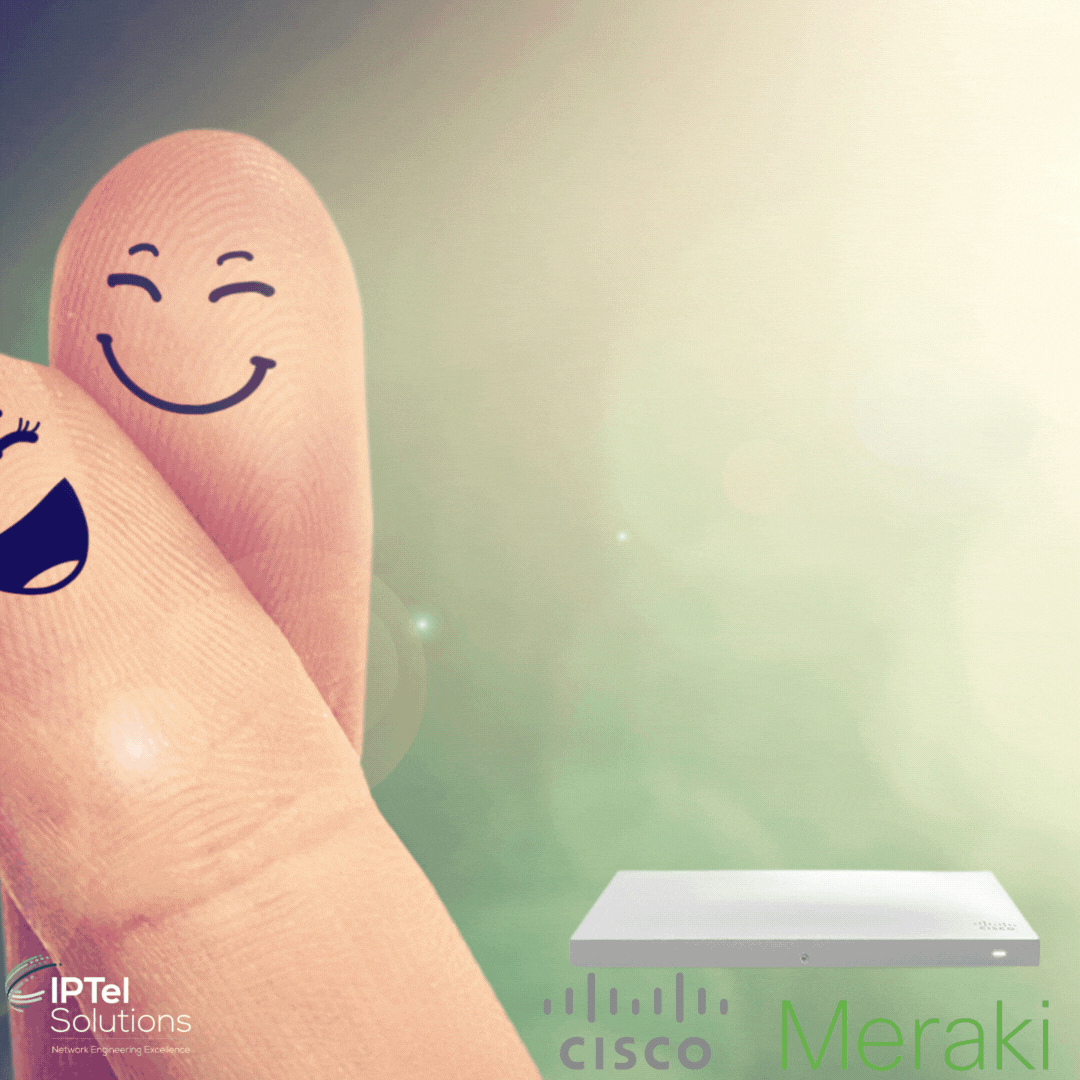 Meraki is of course a major player in the wireless LAN space, so if you wanted to go native cloud-managed Wi-FI, Meraki is a great choice.
Meraki is of course a major player in the wireless LAN space, so if you wanted to go native cloud-managed Wi-FI, Meraki is a great choice.
The benefits of Meraki extend part Wi-Fi too - they have a full stack solution for cloud managed Wi-Fi, switching, security and cameras.
Meraki is a great fit, with all the management undertaken in the cloud - there's no need for an on-premise management system, which makes the installation simple and fast.
ASSOCIATED BLOGS:
The End of the Cisco 5508: Summary
Time moves on and networks need to be refreshed. The 5508 is now a very old controller - you should replace this controller as soon as practical.
The good news is that there is a wealth of choices, and the new controllers - and cloud based alternatives - offer a feature rich set of options. The choice to go traditional controller based vs cloud managed is probably the first choice to make. Both have their place and it depends on your specific environment, as to which is the best fit.
The major benefit? The new Wi-Fi controllers support the very latest in Wi-Fi 6 APs, so you can really give your users a massive turbo boost in performance with an upgrade.
ASSOCIATED BLOGS:
- Wi-Fi Surveys
- Cisco DNA Center Enablement
- Cisco DNA Spaces Introduction
- Meraki Cloud Wi-Fi
- Free eBook: The Top 8 Secrets to Great Wi-Fi


